

Customer-centricity is one of the building blocks of today's SaaS companies.
The competitive business environment leaves no room for an unsuccessful customer interaction strategy. Customers demand quality interactions at every step of their journey. From the moment your potential customers find out about you and reach out to you till and after they become loyal customers, your responsibility is to ensure that every interaction you make with your customers provides value to them.
Therefore, creating and implementing a well-thought customer interaction strategy is crucial to your business's success.
Before we start, here are some statistics about customer interactions to give you a better perspective:
- 34% of customers tend to make an unplanned purchase after they experience personalized content.
- 88% of online customers say they wouldn’t return to a website when having a bad user experience.
- 86% of visitors would like to see more information about a company’s products on its website.
- 82% of enterprise organizations rate their onboarding approach as a key driver of value
All of these statistics show that customer-centricity is crucial.
And in order to provide a good journey to your customers, you must ensure that your interactions with your customers are providing value because each interaction counts.
This post covers:
- What customer interactions are
- Why customer interactions matter
- The customer interaction cycle
- Types of customer interactions
- Customer interaction examples and best practices
TL;DR
- Customer Interaction Definition: Customer interactions cover every communication or touchpoint between a business and its customers.
- Differentiation: While User Experience (UX) is a broad view of a user's entire journey, customer interactions focus on the immediate, transactional touchpoints.
- Significance: These interactions lay the groundwork for brand-customer relationships. A positive encounter can boost brand value, while a negative one can harm trust.
- Examples: Interactions vary in intensity:
Sales: Guiding through purchasing.
Marketing: Engaging via promotional efforts.
Customer Support: Addressing issues and queries.
Onboarding: Helping newcomers navigate.
- Customer Interaction Types:
High-Touch: Direct, person-to-person contact.
Low-Touch: Automated services like chatbots.
No-Touch: Passive interactions without direct communication.
- Customer Interaction Cycle:
Awareness: First-time brand encounters.
Consideration: Research and comparison.
Acquisition: Actual purchasing phase.
Retention: Nurturing post-purchase relationships.
Royalty: Creating brand advocates.
- Customer Interactions Importance: Effective customer interactions can build trust, foster loyalty, solve problems, shape brand perception, boost sales, increase engagement, and distinguish you from competitors.
- Customer Interactions Best Practices:
Know Your Customer: Segment users, collect feedback, and improve the process via customer insights.
Ensure Clear Communication: User-friendly, clear, and personalized messaging is crucial.
Multiple Channels: Offer diverse support methods.
Personalization: Make sure you personalize the whole process for your customers.
Self-Service Options: Google's immediate search responses.
Monitor & Improve: Analytics to track interactions.
What are Customer Interactions?
Customer interaction is every type of communication between a company and a customer. From the first touchpoint on, every interaction between a company and a customer should be efficient, personalized, and satisfying. A good customer interaction strategy is the building block of a good user experience. Therefore, you need to make sure that your messaging, support, and onboarding are personalized and resonate with your potential and existing customers.
It's crucial to distinguish customer interactions from the broader concept of user experience (UX).
While UX focuses on the overall design, usability, and functionality of your product or service, customer interactions focus on the specific touchpoints where customers actively engage with your brand.
While both are integral to customer satisfaction, interactions are more immediate and transactional in nature, whereas UX refers to the entire user journey.
Why do Customer Interactions Matter?
Now that we've established what customer interactions are and their various forms, let's explore why they are so crucial for businesses.
Understanding the significance of effective customer interaction management is essential for long-term success.
In addition to the customer interaction statistics I shared above, effective customer interactions matter because they:
- 👉 Build Trust Positive interactions create trust between your brand and customers. Trust is the foundation of lasting relationships.
- 👉 Drive Loyalty Consistently excellent interactions encourage customer loyalty. Loyal customers are more likely to return and refer others.
- 👉 Resolve Issues Customer interactions are a primary channel for resolving issues and addressing customer concerns promptly.
- 👉 Enhance Brand Perception Every interaction contributes to how customers perceive your brand. A great interaction can lead to a positive impression.
- 👉 Increase Sales Well-managed interactions can drive sales, upsells, and cross-sells, increasing revenue.
- 👉 Gather Feedback Interactions provide opportunities to gather valuable feedback and insights from customers, helping you improve your offerings.
- 👉 Boost Engagement Engaging interactions keep customers interested and involved with your brand.
- 👉 Differentiate from Competitors Exceptional interactions can set your brand apart from competitors and become a competitive advantage.
Every Point Of Contact Matters For Customer Interactions
Customer interaction encompasses every point of contact between your brand, product, or company and your customers.
This includes but is not limited to face-to-face interactions with your sales team, engaging conversations with customer service representatives over the phone, live chats with knowledgeable agents on your website, email exchanges, and even passive interactions like browsing through your website, viewing advertisements, or scrolling through your social media posts.
Customer Interactions Should Be Dynamic And Multi-faceted
Customer interactions are dynamic and multi-faceted, often occurring across various channels and platforms.
They can be high-touch, involving direct human-to-human communication, or low-touch and no-touch, involving varying degrees of automation or passive engagement.
Regardless of the type, each interaction represents an opportunity to leave a lasting impression on your customers and shape their perception of your brand.
Customer Interactions Are The Essence Of Branding
Customer interactions are the essence of branding. They are where your promises as a brand meet the realities of your products or services.
Positive interactions can reinforce your brand values, build trust, and lead to customer loyalty. Conversely, negative interactions can erode trust and drive customers away.
Therefore, managing these interactions effectively is paramount for your business's success.
Interacting With Customers Is A Continuous Journey
Importantly, customer interactions are not isolated events but rather part of an ongoing journey.
They span the entire customer lifecycle, from the initial awareness and consideration stages, where customers first encounter your brand, to the acquisition phase, where they make their first purchase, and on to retention and loyalty phases, where you aim to nurture long-term relationships and create brand advocates.
Understanding this holistic view of customer interactions sets the stage for our exploration of how to effectively manage and optimize them to create stellar customer experiences and drive business success.
The Customer Interaction Cycle
To effectively manage customer interactions, it's essential to understand the customer interaction cycle. This cycle consists of five stages:
1. Awareness 💡
This is the initial stage where customers become aware of your brand or product. Interactions at this stage can include seeing advertisements, visiting your website, or hearing about your offerings from others.
2. Consideration 🧐
Customers who move to this stage are actively considering your products or services. Interactions may involve researching product details, reading reviews, or comparing your offerings to competitors.
3. Acquisition 🛒
This stage involves the actual purchase or acquisition of your product or service. Customer interactions at this point could include online transactions, filling out forms, or making in-person purchases.
4. Retention 🧲
Once a customer has made a purchase, it's essential to nurture the relationship to ensure they return for future transactions, A.K.A., user retention. Interactions here might include post-purchase communication, loyalty programs, or personalized recommendations.
5. Royalty 🌟
In this final stage, your goal is to turn customers into loyal advocates who actively promote your brand. Interactions may include referrals, social media sharing, and ongoing engagement.
Types of Customer Interactions
Customer interactions can be broadly categorized into three types:
High-Touch
High-touch interactions involve direct communication between customers and human representatives. This includes phone calls, live chat, email support, and face-to-face interactions.
High-touch interactions are crucial for building trust and resolving complex issues.
Low-Touch
Low-touch interactions occur when customers reach out to you through automated systems like chatbots, self-service portals, or knowledge bases.
These interactions offer convenience and efficiency, especially for routine inquiries or transactions.
No-Touch
No-touch interactions encompass all the passive interactions customers have with your brand without direct communication. These interactions include viewing advertisements, social media posts, reading blog content, and browsing your website.
No-touch interactions influence customer perceptions and decisions.
Customer Interaction
To illustrate these concepts further, let's delve into specific examples of customer interactions:
Sales Customer Interactions 💵
Sales interactions involve guiding customers through the purchasing process.
This could be an in-store salesperson helping a customer choose the right product or an online chat with a sales representative answering questions and facilitating a purchase.
Marketing Customer Interactions 📊
Marketing interactions include all the touchpoints where customers come into contact with your brand's promotional efforts.
This might include social media marketing, email marketing campaigns, or targeted advertisements.
Customer Support Interactions 📞
Customer support interactions are critical for addressing customer issues, providing solutions, and ensuring customer satisfaction.
These interactions can occur through phone support, live chat, email, or even self-service portals.
Onboarding Interactions 🚢
When a new customer begins using your product or service, onboarding interactions help them get started smoothly.
This could involve tutorial videos, on-screen tooltips, or personalized welcome messages.
Successful Customer Interactions - Examples, Best Practices & Tips
Now that we know the importance of customer interactions, let's dive into best practices and examples for creating stellar customer interactions.
These practices can apply across all types of customer interactions, from high-touch to low-touch and no-touch.
1. Personalize and Track Your Customer Interactions by Leveraging Important Data and Feedback
Collect customer feedback, analyze product data, and build customer personas to understand their needs, preferences, and pain points. Personalize interactions to meet these specific needs.
Personalizing your customer interactions will increase the likelihood of engagement and conversion.
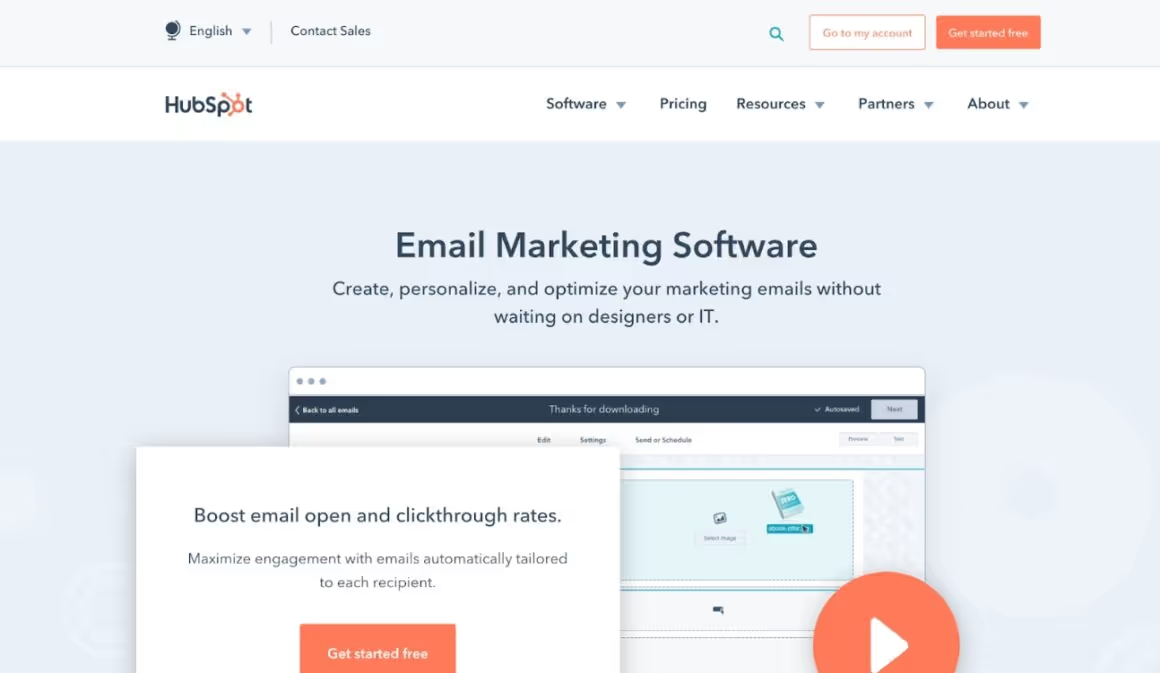
HubSpot's email marketing platform allows users to segment their email lists based on behavior, demographics, and preferences. Users can then create highly targeted email campaigns tailored to each segment.
HubSpot's analytics dashboard helps businesses track customer interactions and measure success.
Use analytics tools to monitor customer interactions and gather valuable data.
Track key performance indicators (KPIs) like response times, customer satisfaction scores, and conversion rates to identify areas for improvement.
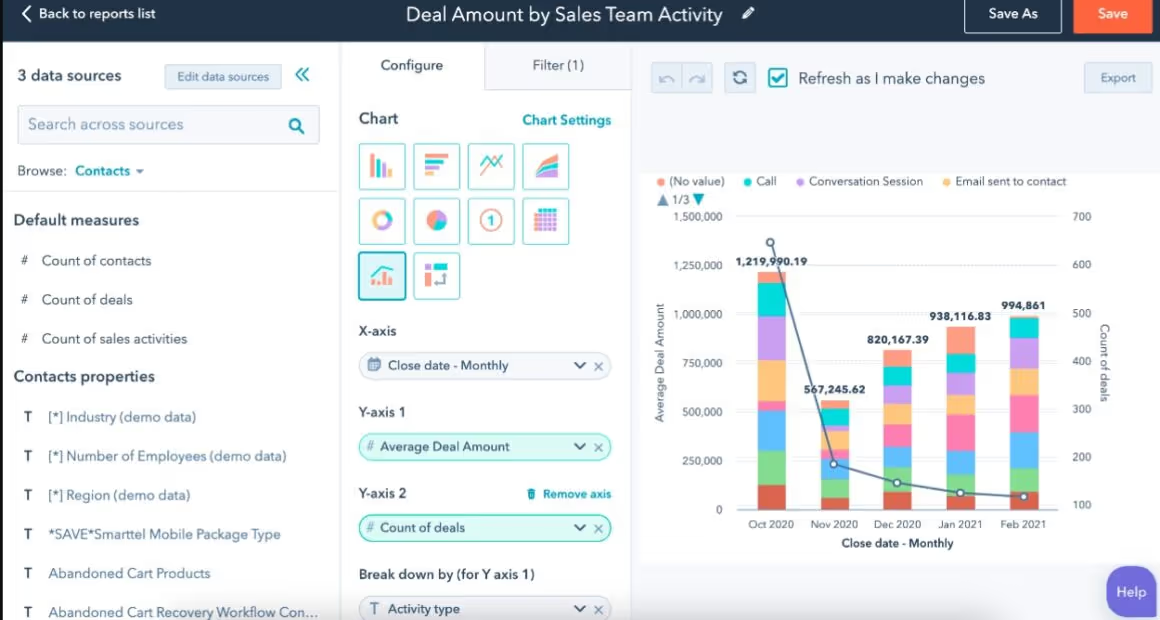
2. Provide Clear Communication
Clear and concise communication is paramount in all customer interactions. Whether it's a live chat with a support agent or an automated email, ensure that the message is easy to understand.
Avoid jargon or overly technical language unless your audience is highly specialized.
There are many channels of communication when it comes to interacting with your customers. Creating a community on Slack is one the best methods to interact with your customers:
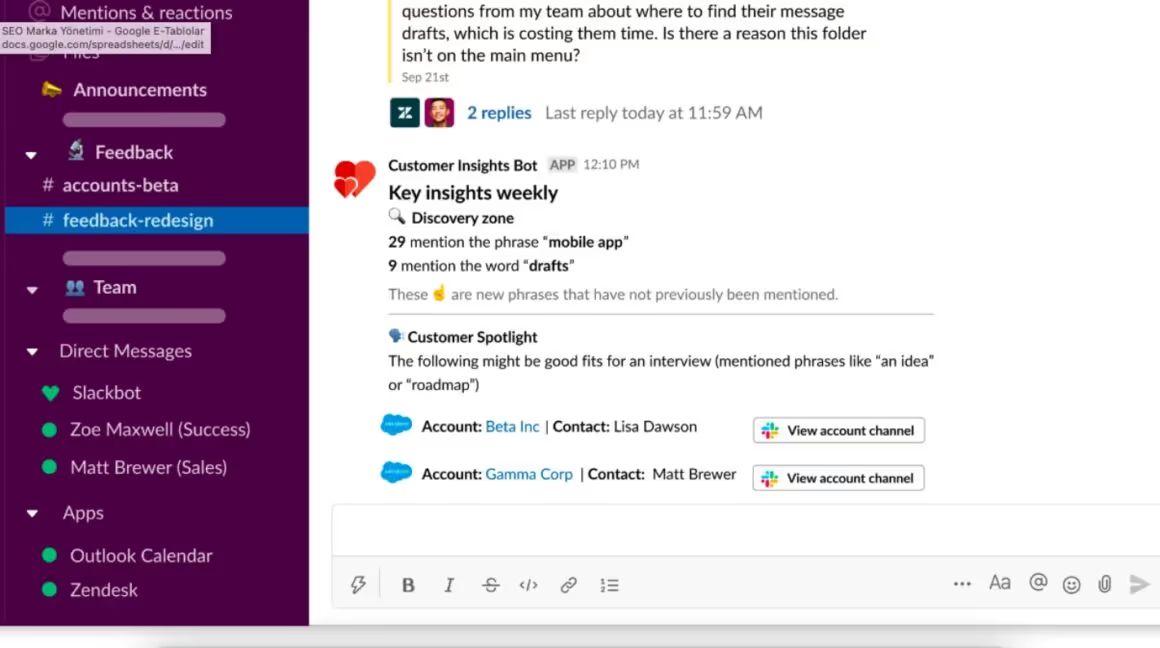
Another great way to interact with your customers is to send them personalized in-app messages. By leveraging product data and collecting feedback, you can actually find out when is the best time to send in-app messages.
Well-timed in-app messages are very effective in achieving success because they give you the ability to communicate with your users right on the moment.
This makes in-app messages one of the best methods to use for customer interactions. You can send in-app messages when you want to help your customers, announce something, or improve your in-app marketing.
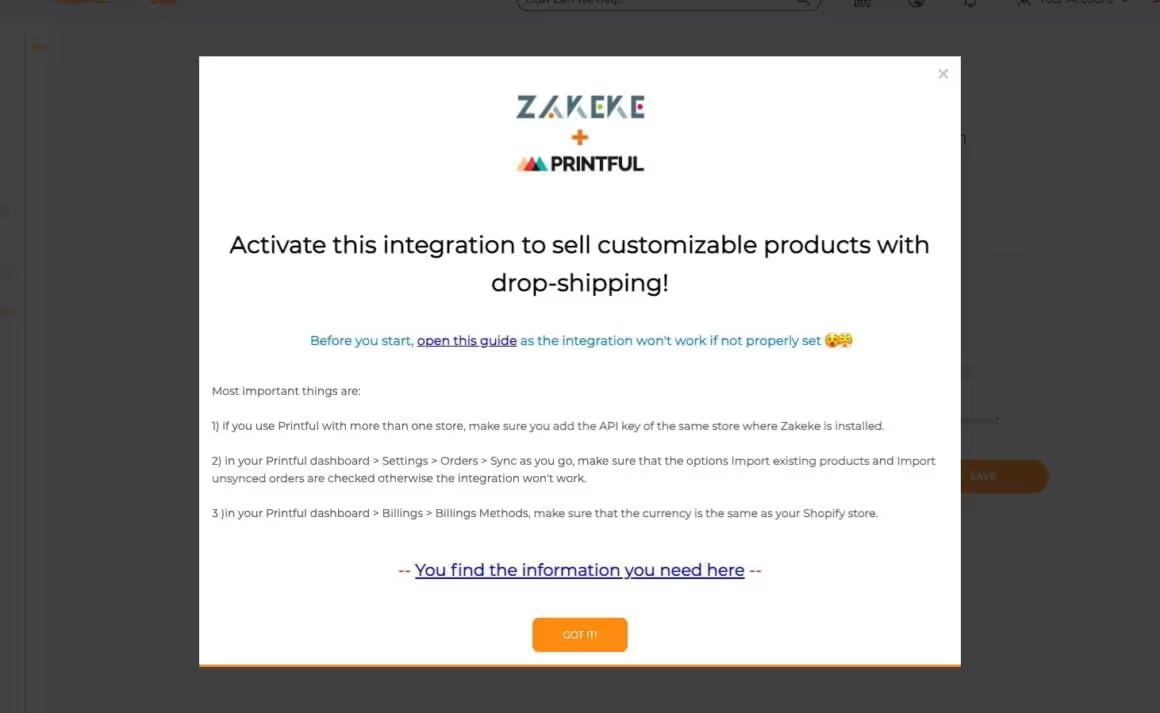
Looking to segment your users, collect feedback, and send personalized in-app messages to your customers?
We've got what you need ⬇️
3. Offer Multiple Interaction Channels
Recognize that customers have varying preferences for communication channels. Some may prefer phone calls, while others opt for chat or email.
Provide multiple channels to cater to different customer preferences and ensure accessibility.
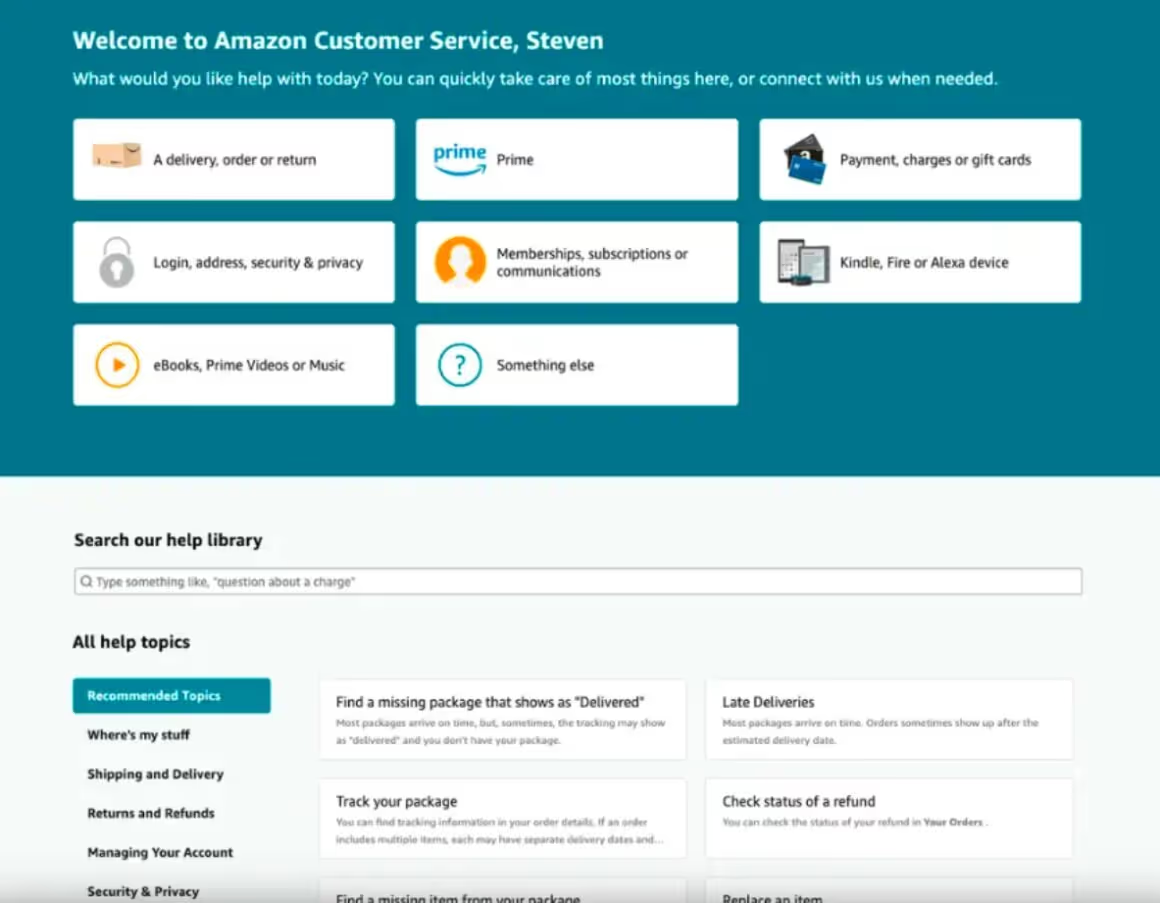
Amazon's customer service offers phone, chat, and email support.
4. Empower Your Team
For high-touch interactions, empower your customer service representatives with the knowledge and tools they need to provide quick and effective solutions.
Encourage a culture of problem-solving and continuous learning.
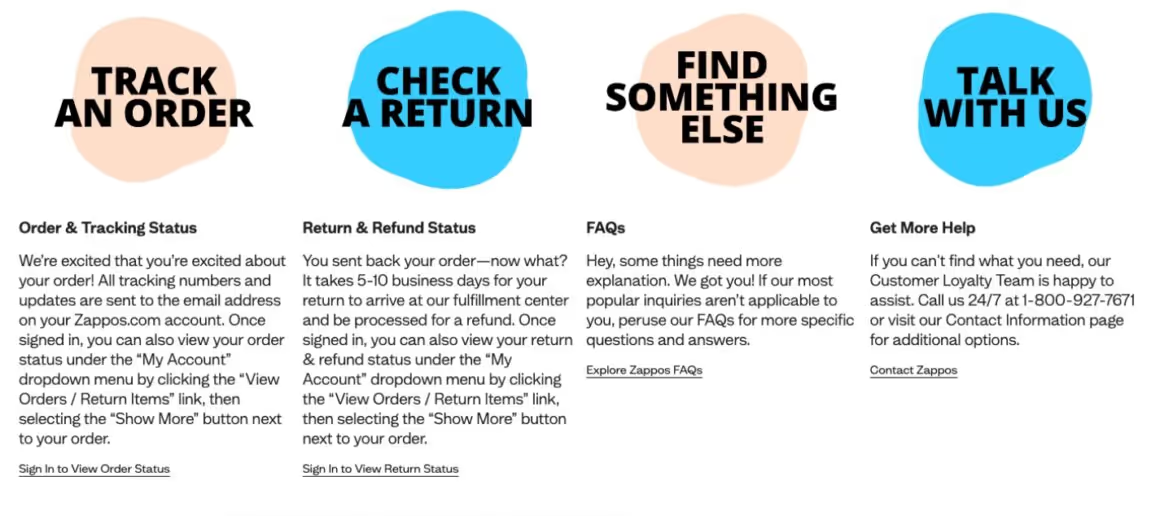
Zappos' customer service representatives are empowered to go the extra mile for customers.
5. Implement Self-Service Options
For low-touch and no-touch interactions, offer self-service options such as FAQs, knowledge bases, and chatbots.
These tools can help customers find answers independently, enhancing their experience.

Google's search engine provides instant answers to user queries.
In Conclusion
In conclusion, mastering the art of customer interaction is not a one-time endeavor but an ongoing commitment to excellence.
Each interaction is an opportunity to make a lasting positive impression, enhance your brand, and drive customer loyalty.
Your customers are not just transactions; they are advocates and partners in your success story.
Customer interactions are the lifeblood of your enterprise, and by implementing the best practices outlined here, you can foster meaningful connections, build trust, and ultimately achieve long-term success in today's competitive marketplace.
Your customers are waiting for exceptional interactions - are you ready to deliver?
Frequently Asked Questions
What is the best method for customer interactions?
The best method for customer interactions depends on your target audience and their preferences. High-touch methods like phone support and live chat are effective for personalized assistance, while low-touch and no-touch options like chatbots and self-service portals are suitable for efficiency and accessibility.
What are the types of customer interaction?
There are three main types of customer interactions: high-touch, low-touch, and no-touch. High-touch interactions involve direct communication with customers, low-touch interactions use automated tools like chatbots, and no-touch interactions occur through passive engagements such as advertisements and social media posts.

















.svg)
.svg)
.svg)
.svg)
.svg)

.svg)
.svg)












.svg)
.svg)





.png)

















